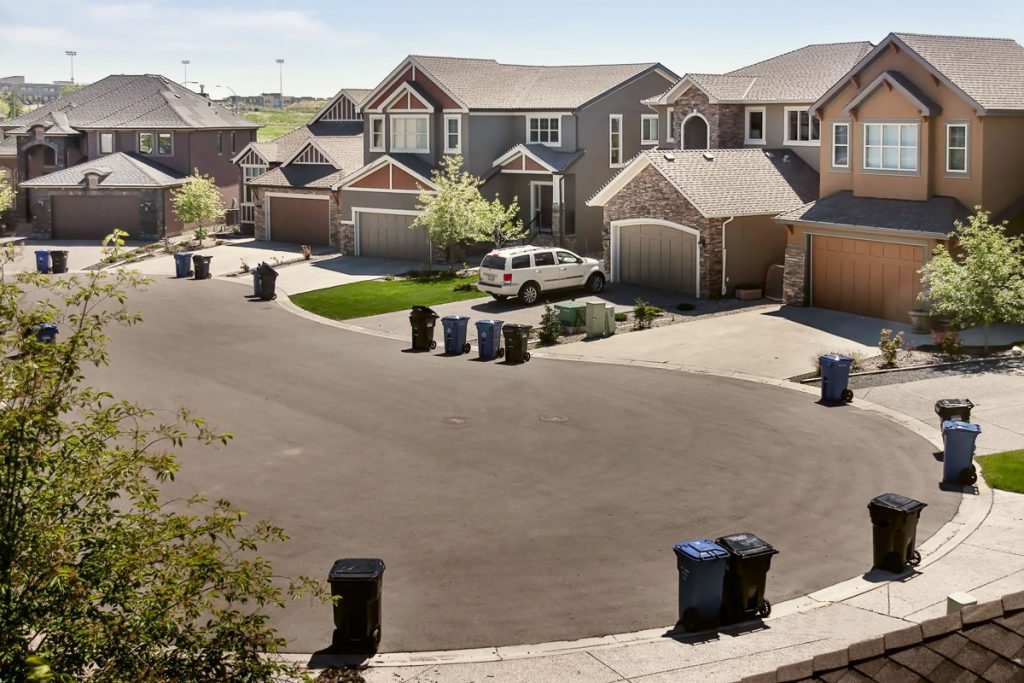Restrictions on Plastic Packaging and Products
Restrictions on Plastic Packaging and Products: A Step Backward
Decades of scientific studies have found that plastic packaging and products typically use less material and create less waste and greenhouse gas emissions over their lifecycles than available alternatives. Therefore, replacing plastic packaging and products with alternatives would often be a step backward for the environment.
Public Policy Restrictions
Some jurisdictions have proposed policies to reduce their environmental footprint by restricting specific types of plastic packaging and products.
Often focused on “single use” items, these policies include bans, curbs on public use, government procurement limits and others that typically are intended to replace plastic packaging and products with alternatives.
Unintended Consequences of Restrictions
These jurisdictions may be unaware that multiple studies have found that simply replacing plastic packaging and products with alternatives can result in negative environmental consequences.
Decades of scientific studies have found that plastic packaging and products typically use less material and create less waste and greenhouse gas emissions over their lifecycles than available alternatives. Based on these findings, replacing plastic packaging and products with alternatives would often be a step backward for the environment.
Researchers: Plastic Uses Less Material & Weighs Less
Life cycle analyses (LCAs) study the environmental impacts of materials and their use. LCA studies typically find that use of plastic in consumer packaging and products requires much less material to perform similar functions. (This often is called “source reduction.”)
For example:
- “Replacing plastics in consumer products and packaging with common alternatives would increase environmental costs nearly four times, in large part because plastics use less material – on average, four times less… (by weight) to perform the same function.” (Trucost, 2016)
- “[One of the] main factors influencing differences in results for plastics and alternative packaging types [is]… less weight of plastic packaging required to perform the same packaging function. (Franklin Associates, 2018)
- “Plastic packaging usually provide[s] the same function with significantly less material mass per functional unit. (Denkstatt, 2011)
The Trucost study determined: “[The environmental cost of alternatives to plastics is] greater in aggregate due to the larger quantities of material needed to fulfill the same purpose…” In other words, less material = less waste, smaller environmental cost.
Researchers: Efficiency Leads to Reduced Greenhouse Gas Emissions
Because plastic is strong yet lightweight, it generally allows us to fulfill more needs with less material. This beneficial “strength-to-weight” ratio means that plastic materials used in packaging and products are typically considered more efficient than alternative materials.
LCA studies find that this efficiency (output per pound) can result in reduced greenhouse gas emissions. While studies vary somewhat, research typically shows that use of plastic packaging and products results in approximately 2.5 times less greenhouse gas emissions than alternatives.
According to multiple studies, if alternative materials were substituted for plastic:
- Greenhouse gas emissions would increase by a factor of 2.7. (Denkstatt 2011)
- For the entire packaging sector, life cycle global warming potential would be 2.2 times higher. (Franklin Associates, 2018)
- Alternatives would produce 2.5 times more carbon dioxide equivalents. (Trucost, 2016)
To put these differences in greenhouse gas emissions in perspective, using only bottles as an example:
“If all plastic bottles used globally were made from glass instead, the additional carbon emissions would be equivalent to powering around 22 large coal-fired power plants. This is equivalent to the electricity consumed by a third of the UK.”
Just for bottles!
(Imperial College of London, 2020)
To put a fine point on decades of findings, a 2022 report from McKinsey and Company concluded that “plastics adoption in the near term can help decarbonization efforts”.
Restrictions on Plastic Can Increase Costs for Governments/Taxpayers
Plastic packaging and products often are more economical than alternatives.
- An analysis of a ban on plastic foodservice items in Virginia concluded that the ban would nearly double costs for state agencies.
- A study in Maryland estimated a restrictive regulation on plastic foodservice items would result in an additional $34.9 million annually to replace them. And for every $1 spent on plastic foodservice items, replacement alternatives on average would cost $1.85.
Restrictions on Plastic Often Do Not Reduce Litter
Restrictions on plastic may change what is littered but not the litter itself. For example:
- The Honolulu City Auditor concluded that “[polystyrene foodservice] bans do not reduce litter.”
- When San Francisco placed restrictions on certain plastic foodservice products, the city found that alternatives became more littered.
- The California State Water Resources Control Board noted that substitution due to a ban would not result in reduced waste.
Substituting one type of litter for another is not a smart strategy.
Better Policy Alternatives
Instead of misguided substitutions, America’s Plastic Makers have proposed policies to support a circular economy for plastic, in which plastic is reused instead of discarded.
Such policies would build on the science noted above and support efforts to reduce our environmental footprint. These policis lso would treat plastic as a valuable resource that can be used again and again.
5 Actions for Sustainable Change
We propose that Congress take 5 Actions for Sustainable Change to help support a circular economy.
1
Require all plastic packaging to include at least 30% recycled plastic by 2030 through a national recycled plastic standard.
2
Update our regulatory system to enable rapid scaling of advanced recycling while continuing to grow mechanical recycling.
3
Direct the Environmental Protection Agency (EPA) to bring together the plastic value chain and municipalities to develop a national recycling framework for plastic.
4
Engage the National Academy of Sciences to conduct a study that compares the environmental/climate impacts of raw materials and use its findings to guide future policies.
5
Establish an American-designed producer responsibility system for packaging to help increase recycling access, collection and outreach for all materials, including plastic.
Learn More
Learn how our 5 Actions for Sustainable Change can help support a circular economy.


